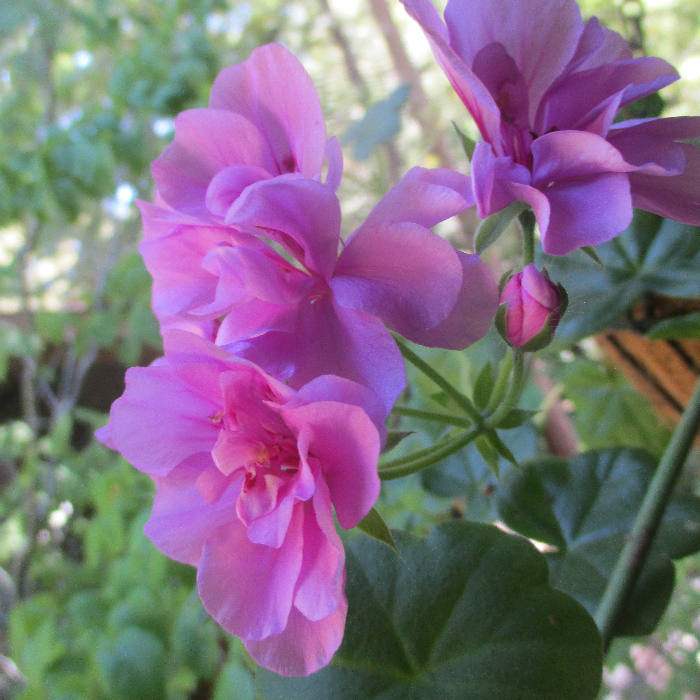UNITED STATES—Gardening is fun. Furthermore, gardens are pretty. Some gardens also produce fruits and vegetables. Not very long ago, production of fruits and vegetables was more of a priority for more gardens. Some big gardens generated firewood and a bit of forage for livestock. Contemporary abundances allowed gardening to become more aesthetic than utilitarian.
Such abundance may not seem so apparent while so many of society could benefit from a bit more. People work more than ever to earn resources to purchase produce that they cannot grow in their gardens while working so much. It has become more feasible to do so. Landscape maintenance is just another expense that many would prefer to eliminate.
Nonetheless, some popular features within modern home gardens evolved from formerly utilitarian features. Many such utilitarian features were common within the infrastructures of home gardens prior to the development of any modern technology that replaced them. Some were popular only because such technology was either expensive or uncommon.
Modern gardening is prettier than practical.
Shade trees are among the most traditional and perhaps more recognizably utilitarian of landscape features. Although, even they have evolved. With modern air conditioning and insulation, their shade is less important than their aesthetic appeal. Window screens and rain gutters are also modern technologies that made particular garden features obsolete.
Window boxes, which are now mere ornamental features, were originally popularized for aromatic vegetation, to repel insects from windows. Rosemary, nasturtium, ivy geranium and petunia had always been some of the more popular repellent plants for this purpose. They do not obscure much sunlight as they cascade delightfully outward and downward.
Foundation plantings, which now merely soften the perpendicularity of vertical walls and horizontal garden spaces, were also utilitarian features. Compact and resilient shrubbery or perennials inhibited erosion caused by rain falling from eaves above. They obstructed splattering mud from below also. Indian hawthorn and lily of the Nile were quite effective. They could survive through summer without much irrigation, but then survive excessive moisture through winter.
Highlight: Ivy Geranium
Venice in Italy is an ideal situation in which to demonstrate the potential of ivy geranium, Pelargonium peltatum. Because garden space is so minimal, potted plants that cascade from balconies above the canals are quite popular. Ivy geranium cascades so splendidly that some eventually reach the tops of downstairs windows from their upstairs balconies.
Ivy geranium can sprawl over shrubbery to seemingly climb a few feet high. Otherwise, it is unlikely to stand much more than a foot and a half high on the ground without support. If cascading over the edge of a planter, upward growth may be only several inches high. In window boxes, it obstructs minimal sunlight. However, it may hang six feet downward!
Ivy geranium propagates somewhat easily by cuttings of the almost succulent stems, but not as easily as zonal geranium. Its lobed, rounded and quite fragile leaves are about an inch long and two inches wide. Sporadic but continual bloom becomes more profuse for late summer and autumn. Flowers might be white, pink, red, lavender, purplish or striped.
Tony Tomeo can be contacted at tonytomeo.com.






